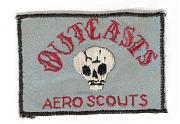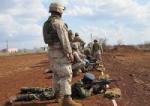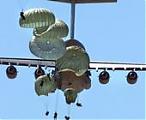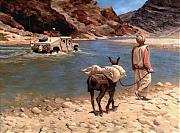Trust me, there are times when having that M240 7.62mm belt fed is more then just nice! Not always, but the last thing you want to be here is outgunned, and PKCs are routinely part of AIF kit. As fo rthe M4 and AK, same thing. If I could get a nice package of 7.62 or maybe even something slightly smaller fit into a rifle as good as the M4, I'd be on it like stink on a monkey. Lots of close fights here. Sniper rifles are a good part of the kit that rounds it out, but even our snipers are shooting around the 300 mark allot. Put a 4X32 ACOG on a M4 and you have a nice COIN rifle. A typical OPAL carrying 3-4 AIF will have an AK-47, a PKC (med MG), a RPK (think LMG or SAW), and a RPG launcher w/2-3 rockets. Call it an AIF Fire Team.











 , I have to mention Poole again: I believe he wrote extensively about the technique in Phantom Soldier, the Enemy's Answer to U.S. Firepower...
, I have to mention Poole again: I believe he wrote extensively about the technique in Phantom Soldier, the Enemy's Answer to U.S. Firepower...




Bookmarks